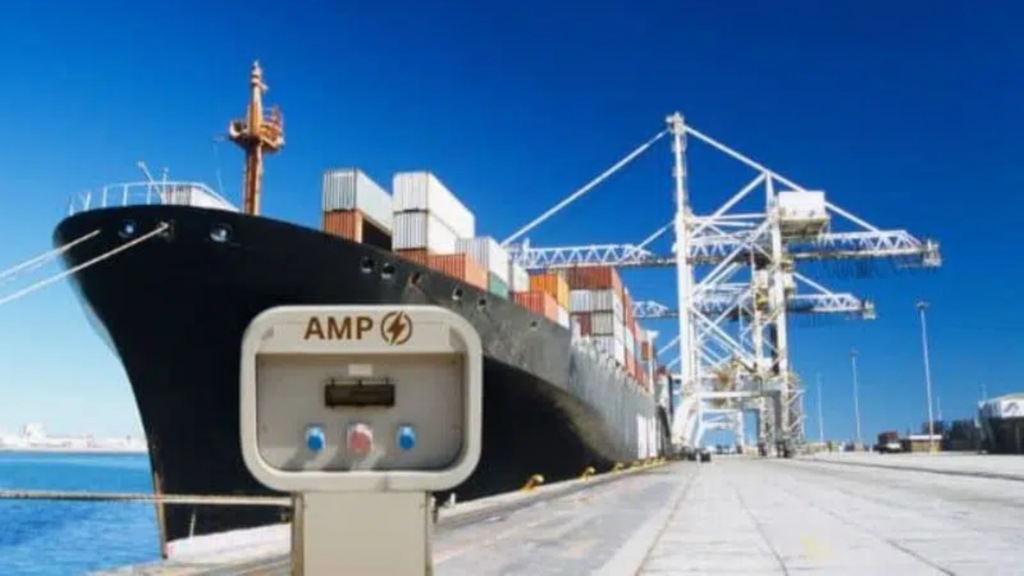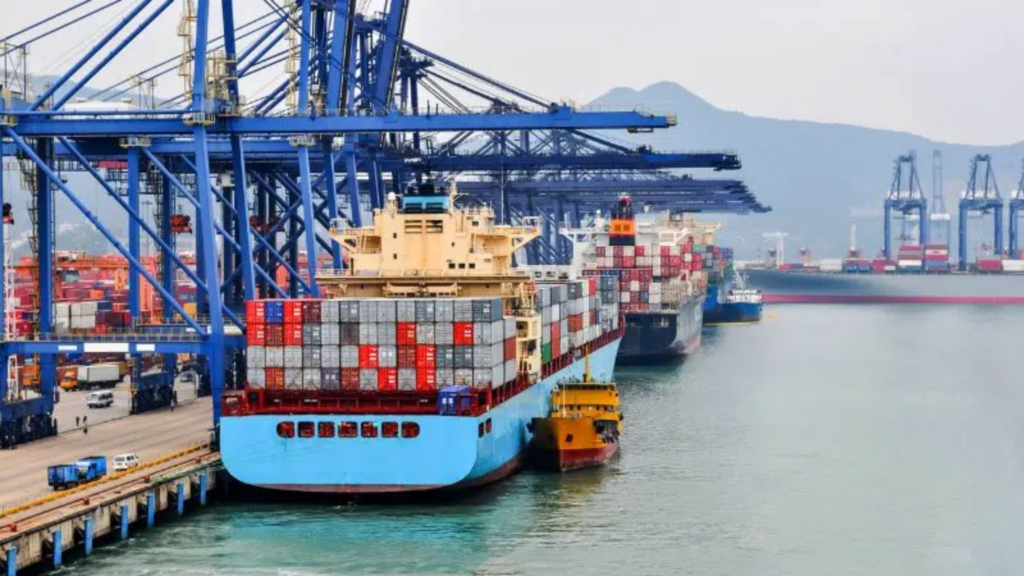Overview
Onshore Power Supply (OPS), often referred to as Cold Ironing or Alternate Marine Power (AMP), represents a significant leap toward sustainable practices in maritime operations. Designed to deliver electrical power to ships while docked, OPS allows vessels to power down their auxiliary engines, drastically reducing air pollution and noise emissions. This innovative technology is becoming increasingly crucial as ports and shipowners strive to comply with tougher environmental regulations and address the pressing issue of urban pollution.



By adopting OPS, ships can achieve a remarkable reduction of over 57% in CO2 emissions during their stay at berth. Additionally, OPS offers long-term cost savings through lower fuel consumption and reduced maintenance expenses, while enhancing local grid reliability by stabilizing electrical networks and lessening reliance on fossil fuels.
Operational Benefits
Emission and Noise Reduction
Numerous studies highlight OPS’s ability to significantly cut harmful emissions. Not only does it result in a 20% reduction in CO2 emissions, but it also produces a 34% decrease in NOx and a 30% decline in SOx emissions when auxiliary engines are turned off. This shift improves air quality in port communities and helps vessels meet emission control regulations. Moreover, by silencing the auxiliary engines, OPS contributes to quieter working environments, benefiting dockworkers and residents alike.
Cost Savings and Efficiency
While initial infrastructure investments for OPS can be high, the long-term savings are substantial. Reduced fuel costs and lower maintenance expenses are attractive incentives for ports adopting OPS systems, drawing in environmentally-conscious vessels and bolstering their competitiveness.
Grid Reliability and Infrastructure Needs
OPS not only brings cleaner operations but also enhances grid reliability by stabilizing frequencies and providing ancillary services. However, effective infrastructure planning is essential. Power demands can vary widely—ranging from 2-4 MW for ferries to 8-12 MW for container ships—making coordination with utility providers vital for appropriate infrastructure enhancements.
Regulatory Benefits
Compliance with FuelEU Maritime Regulation
Starting January 1, 2025, the FuelEU Maritime Regulation will require OPS and zero-emission technologies to mitigate greenhouse gas emissions. Failing to comply could lead to fines or restricted access to ports, making it imperative for shipowners to embrace OPS.
Sustainability and Market Positioning
Integrating OPS improves a shipowner’s reputation in an ever-competitive, sustainability-focused market. The regulation encourages the adoption of renewable and low-carbon fuels alongside OPS, allowing companies to better position themselves in a green economy.
Monitoring, Reporting, and Financial Support
Implementing structured monitoring frameworks ensures transparency in energy consumption and emissions tracking, facilitating adaptation to changing regulations. Additionally, public funding opportunities can alleviate initial capital costs, enhancing the feasibility of OPS for smaller operators.
Environmental Impact
The environmental benefits of OPS are profound. By drastically lowering emissions from ships at berth, it contributes to significant urban air quality improvements. For example, a study at the Port of Kaohsiung indicated that OPS could yield an 8.7% reduction in NOx emissions and an 11.74% decrease in SO2 levels. Further, integrating renewable energy with OPS could reduce CO2 emissions by as much as 57.16%. Some UK ports reported pollutant reductions ranging from 25% to 92% post-OPS adoption.
With stricter regulations—such as the European Parliament’s goal for net-zero gas emissions from seaports by 2030—the urgency for OPS implementation is clear in order to meet sustainability targets.
Challenges and Considerations
Financial and Economic Barriers
Despite its advantages, OPS implementation requires a hefty investment, necessitating public funding and support. Shipowners often face uncertainties regarding the long-term cost-effectiveness of such projects, necessitating thorough economic analyses of capital expenditures (CAPEX) and operational expenditures (OPEX).
Technological and Infrastructure Challenges
Compatibility issues between existing vessels and OPS infrastructure pose significant hurdles. As alternative fuels like hydrogen and ammonia gain prominence, the need for additional infrastructure becomes critical, complicating the broader adoption of OPS.
Regulatory and Social Considerations
Navigating compliance intricacies ensures fair treatment across shipowners, port authorities, and fuel suppliers. Engaging with local communities is key to overcoming resistance and building support for OPS investments—especially in projects linked to renewable energy.
Case Studies: OPS in U.S. Ports
In the U.S., growing ports such as Galveston, Miami, and Philadelphia are enhancing their OPS capabilities to accommodate cruise and container ships. Currently, ten ports utilize high-voltage shore power systems, while many others employ low-voltage configurations for smaller vessels.
California has spearheaded OPS expansion, driven by the California Air Resources Board’s (CARB) 2020 At-Berth Regulation. Compliance has incentivized shipping companies to integrate shore power into long-term operational models.
Overcoming Infrastructure Challenges
The lack of adequate OPS infrastructure in many ports and the unpreparedness of vessels to utilize shore power complicates efforts. Active collaboration between port authorities, shipowners, and technology providers is essential for smoothly integrating OPS into new vessel designs and port expansions, particularly for petroleum tankers that require substantial regulatory investments.
Economic and Stakeholder Engagement
Strategic planning and collective agreements among shipowners can help them meet emissions targets while sharing the associated costs of OPS adoption. By working collaboratively, stakeholders can foster compliance and enhance the economic feasibility of environmentally sustainable maritime operations.
Azolla’s Verdict
Onshore Power Supply (OPS) stands as a catalyst in the electrification initiative within the shipping industry. Offering substantial environmental, economic, and regulatory benefits, OPS effectively reduces emissions and operational costs while ensuring compliance with emerging regulations. As more ports and terminals recognize these long-term advantages, the demand for OPS is set to grow.
For shipowners, early adoption positions them favourably, leveraging the financial incentives available and securing rapid return on investment (ROI) from a compliance perspective. With increasing demand for alternate marine power and a global push for greener practices, embracing OPS is not just a smart move—it’s a necessary step towards a sustainable maritime future.